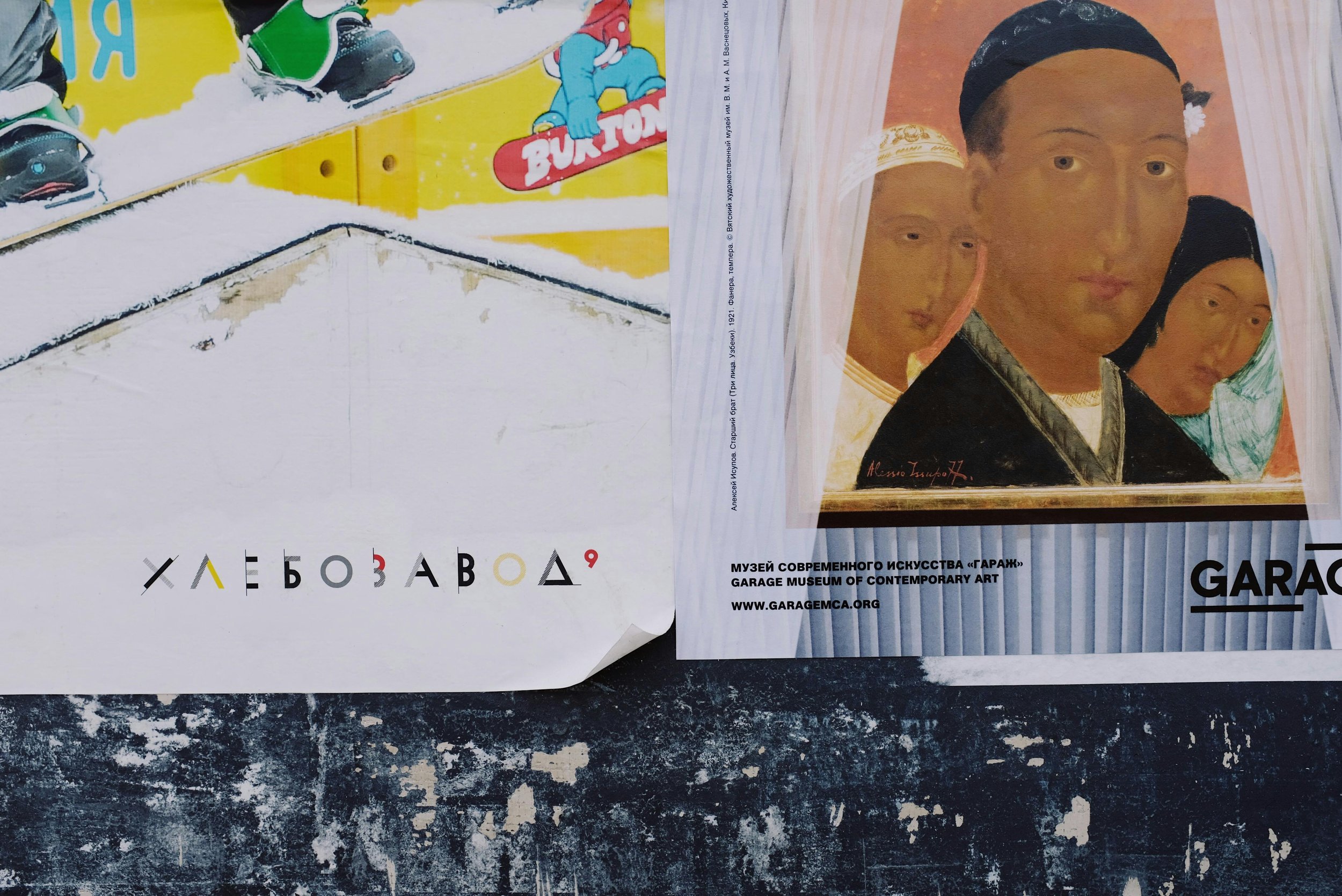A Century of Transformation: Graphic Design Trends from A to AI
Source: Pexel
Graphic design, a field as dynamic as the world it reflects, has undergone remarkable changes over time. This journey, spanning over a century, includes distinct trends, reflecting cultural shifts, technological advancements, and evolving consumer preferences. From the early days of print to the digital age of 2024, design has continually transformed, shaping the way we communicate visually. Let's explore how the design industry has evolved with time:
Early 20th Century (Art Nouveau & The Rise of Advertising):
Imagine flowing lines and organic forms – that's the essence of Art Nouveau (1890-1910). By 1920, over 50% of US businesses had adopted printed advertising, fueling the demand for graphic design services. During that period, graphic design primarily revolved around print media, with an emphasis on typography, layout, and illustration. Witnessing this evolution firsthand, early design pioneers crafted visuals that resonated with the era.
Mid-20th Century (Modernism & Pop Culture):
Clean lines, sans-serif fonts, and geometric shapes – that's Modernism (1920-1940s) in a nutshell. The post-war era (1940s-1960s) saw Pop Art explode onto the scene, with bold colors and everyday imagery. Remember iconic logos like NBC and Mobil? Those were crafted by design agencies, paving the way for future generations.
Late 20th Century (From Swiss Style to Grunge & Techno):
The 1970s embraced the "Swiss Style," emphasizing legibility and grid systems. Punk rock in the 1980s brought chaos and DIY aesthetics, while the 90s saw grunge and techno influences emerge with dark palettes and digital textures. Design agencies adapted, offering services that reflected the changing times.
21st Century (Digital Revolution & Beyond):
One significant trend that emerged in the late 2000s and continues to influence design today is minimalism and flat design. Clean lines, simple shapes, and bold colors prioritize clarity and functionality. It gained popularity due to its compatibility with digital interfaces and the need for responsive design.
Social media in the 2010s demanded visually engaging content, leading to the explosion of infographics and micro-interactions. Today (2023-2024), trends include:
· From GIFs to complex motion designs, animation has opened new creative possibilities for designers.
· AI-generated design and AI-powered tools. These tools streamline workflows and explore creative possibilities.
· Sustainable aesthetics, which includes eco-conscious design choices, minimizing environmental impact.
· Inclusive visuals to resonate with diverse audiences.
· Experimental typography for a unique brand identity.
The future of graphic design promises exciting possibilities, like personalized experiences through AR/VR and data-driven visuals. As the industry is expected to grow 20% by 2028, staying ahead of the curve is crucial.

